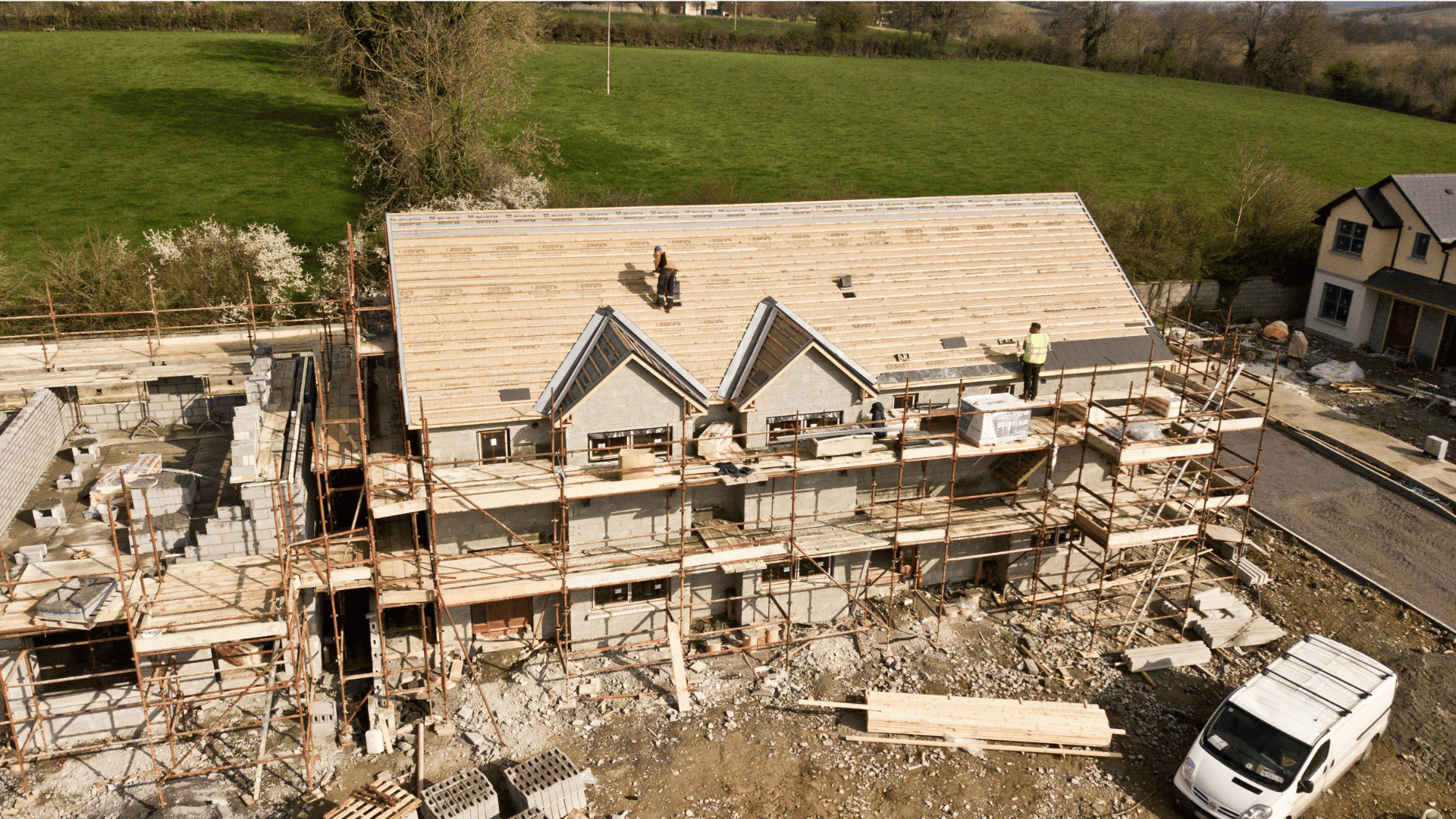Scientists have used the world’s fastest supercomputer to create a real-time tsunami forecasting system. The system is designed to improve early warning capabilities for coastal areas near earthquake zones.
Supercomputer Helps Predict Tsunamis

The system is powered by El Capitan, the fastest supercomputer in the world. It was developed by researchers at Lawrence Livermore National Laboratory (LLNL).
El Capitan’s theoretical peak performance is 2.79 quintillion calculations per second, enabling accurate and timely predictions of potential tsunami events. The project used more than 43,500 AMD Instinct MI300A Accelerated Processing Units (APUs) to solve extreme-scale acoustic-gravity wave propagation problems. This produces a rich dataset that enables real-time tsunami forecasting on smaller systems.
According to details released by LLNL, the researchers used the machine’s full computing power to generate a massive library of physics-based simulations, linking earthquake-induced seafloor motion to resulting tsunami waves.
Using El Capitan, the team solved an extremely high-fidelity Bayesian inverse problem that makes it possible to generate rapid predictions in seconds using modest GPU clusters. This system has the potential to save lives by improving early warning detections.
According to Interesting Engineering, the “digital twin” of the tsunami then models the impact of seafloor earthquake motion using advanced physics-based simulations and real-time pressure sensor data. This allows scientists to both predict an earthquake’s impact on the ocean floor and make real-time predictions about the tsunami’s behavior.
The digital twin, described in a preprint paper, utilizes acoustic pressure data from seafloor sensors and 3D coupled acoustic-gravity wave equations.
“This is the first digital twin with this level of complexity that runs in real time,” said LLNL computational mathematician Tzanio Kolev, co-author on the paper.
“It combines extreme-scale forward simulation with advanced statistical methods to extract physics-based predictions from sensor data at unprecedented speed.”
By leveraging El Capitan in the precomputation step, the team solved a billion-parameter Bayesian inverse problem in less than 0.2 seconds. This allowed them to accurately predict tsunami wave heights at a 10-billion-fold speedup over existing methods.







